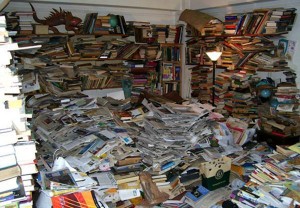Throughout these past few weeks I have inquired more knowledge about the Trout Gallery that I had ever intended to do. Most of my research has been with the help of Professor Earenfight, the current director of the Trout Gallery. He has helped me enormously by giving me material that is relevant to my research.
When I initially started my research on the Trout Gallery I had countless questions that I wanted to explore and find the answers to. A lot of my questions were basic questions that could be answered by reading information on the Gallery itself through the website. I never thought to explore the questions as to why specific things happened and why the Trout Gallery for example, never established a set of guidelines when selecting donations until now. As I met with Professor Earenfight, he was able to answer a lot of the basic questions for me, so now I need to focus more on the questions as to why these things occurred.
Finding time to do my research has been one of the challenges I gave come across. Although there are not a ton of documents I need to spend hours reading through, I do have four other classes and homework that has been piling up since it is the end of the semester. I try to find as much time as possible researching and writing my research paper but at times it is difficult.
Another challenge that I have come across is the insufficient amount of documents. Because the Trout Gallery is currently in the process of establishing a mission statement and general guidelines, I do not have a lot of historical documents. With that being said, I have to rely a lot on information Professor Earenfight is presenting me through meetings and interviews which may or may not be biased because I do not have another point of view. I was thinking that interviewing the previous directors of the Trout Gallery may be helpful in finding answers to my ‘why’ questions.

